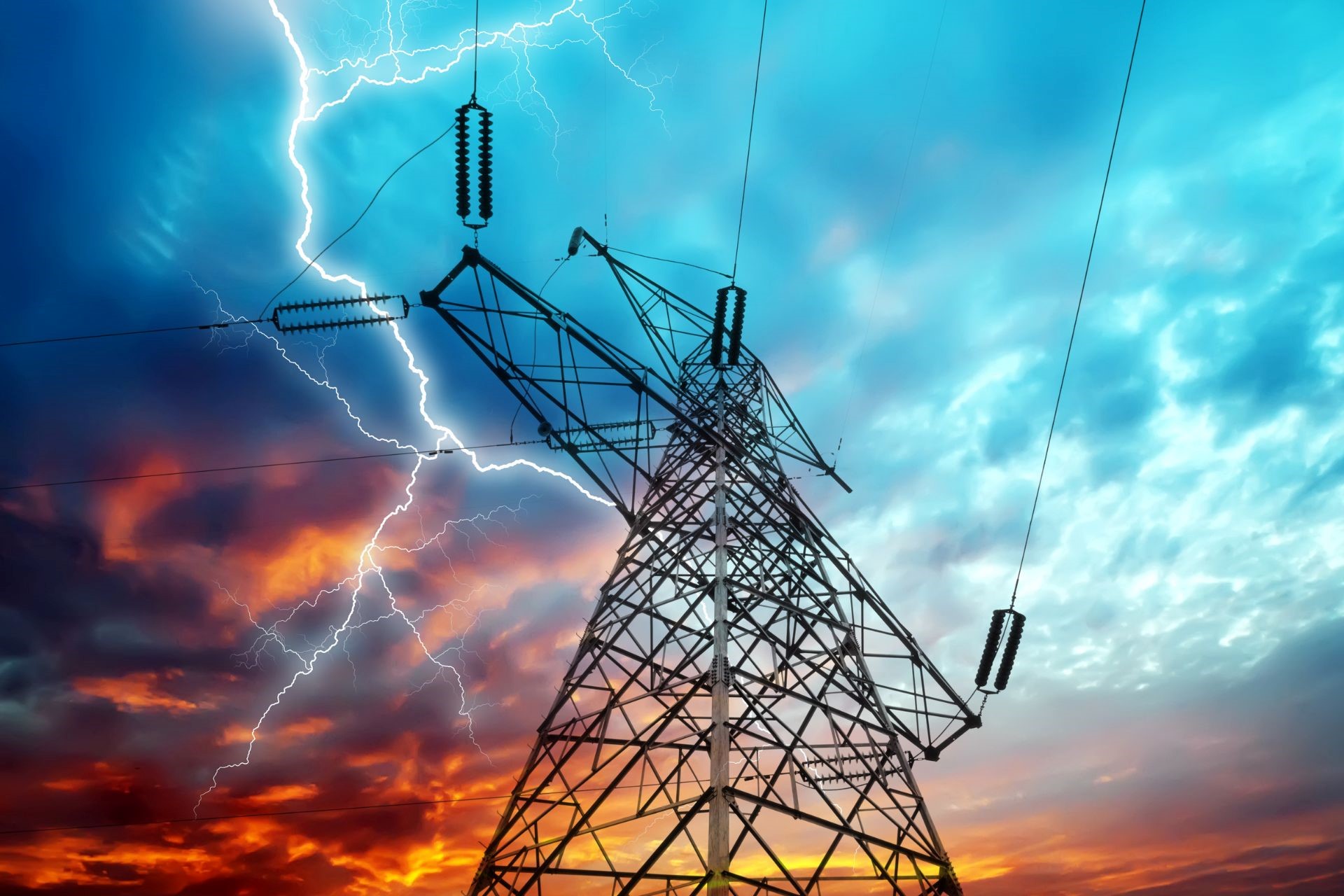BEV sales in Australia reached 91293 during 2024
Australia witnessed a sale of 114,273 EVs during 2024. Of this 91,293 were BEVs while
22,980 were PHEVs, which indicated a rise of 17% from the sales witnessed in 2023. The top
10 selling models for EV during 2024 that attributed to this growth were - Tesla Model
Y (21253 units), Tesla Model 3 (17094 units), MG MG4 (6934 units), BYD Seal (6393 units),
BYD Atto 3 (5751 units), BMW iX1 (2618 units), Volvo EX30 (2129 units), BYD Dolphin (2116 units),
BMW i4 (2062 units), Kia EV6 (1785 units).
Electric cars dominates the Australian EV market with 99% of the share in country's BEV sales.
Medium SUVs (32,326 units) followed by medium hatchback cars (27,383 units) accounted nearly
65% of the total new BEV sales in 2024. While these most recent sales figures are encouraging, in
order for Australia to achieve its climate targets, it is expected that more than 50% of all new cars
sold in 2030 will need to be EVs. This means Australia will need to aim for around 1 million EVs on
our roads by the end of 2027.
In order to achieve this, Australia needs to see a significant
increase in the supply of EV models. This will only happen if the Australian Government implements
an ambitious and globally-competitive New Vehicle Efficiency Standard that brings us into line with
comparable overseas markets, like the US, EU and New Zealand.
Electric Car sales across Australian states & Territories
All state and territory governments have implemented a range of incentives to encourage the purchase of electric vehicles, including rebates to reduce the upfront purchase price, zero-interest loans, and discounts on stamp duty and registration fees. In 2022, the Australian Government also introduced its fringe-benefit tax (FBT) exemption for EVs. This incentive benefits fleets and those consumers that can purchase an EV through salary sacrifice arrangements. The Australian Government also removed import duty for EVs made in countries without FTA agreements (namely EU and UK). As it can be seen in Exhibit 02 ACT continues to lead the country on EV sales (as a proportion of new vehicle sales) at 21.8%, followed by Tasmania (9.0%), New South Wales (9.0%), Victoria (8.5%), Queensland (7.7%), Western Australia (7.5%), South Australia (6.5%), and the Northern Territory (2.4%).
EV Sales in Australia – A Slow Start in 2025
Share of BEVs in all new vehicle sales in Australia declined by 78% from Feb'2025 to Feb'2024
BEV sales in Australia witnessed a slow start in 2025 with January registering a sale of 3832 units and February at 5684 units. When compared to 2024, approx. 15,000 units of BEVs were sold combining Jan & Feb which indicated a decline of 57% from Feb’24 to Feb’25. One of the key reason for this slack is rise in the sales of hybrid vehicles.
Region wise breakdown of the number of fast and ultra fast charging sites across Australia
Table 01
| State | Fast (24-99) kW | Ultra fast (100 kW+) | Total |
| ACT - Australian Capital Territory | 15 | 8 | 23 |
| NSW - New South Wales | 189 | 108 | 294 |
| NT - Northern Territory | 9 | 3 | 12 |
| QLD - Queensland | 140 | 52 | 192 |
| SA - South Australia | 48 | 70 | 118 |
| TAS - Tasmania | 39 | 6 | 45 |
| VIC - Victoria | 194 | 74 | 268 |
| WA - Western Australia | 49 | 58 | 107 |
| Total | 680 | 379 | 1059 |
Source: Eninrac Consulting, EV Council Australia
Key Policy Highlights – Australia EV Segment
On 19 April 2023, the Australian Federal Government released its first National Electric Vehicle Strategy,
designed as a roadmap with the goal of increasing the uptake of electric vehicles across Australia. The
strategy involves collaboration between the state and territory governments and the Australian
Government in six key areas, including national standards, data sharing, EV affordability, development of
remote and regional EV charging infrastructure, fleet procurement, and education and awareness.
As part of the National EV Strategy, the government confirmed its intention to introduce a New Vehicle
Efficiency Standard for light vehicles in Australia. This standard aims to reduce the average CO2 emissions
across all cars sold in Australia by each manufacturer, incentivizing the supply of more fuel-efficient petrol
and diesel vehicles, as well as hybrid and electric vehicles. The details of the Standard are to be finalized
in 2024
National Charging Network - Driving the Nation. On 26 April 2023, the Minister for
Climate Change and Energy announced funding of $39.3 million, matched by the NRMA, to
significantly expand Australia's electric vehicle charging network through the installation of 117 fast EV
charging sites on national highways across the country. This initiative is aimed at enhancing charging
infrastructure in rural and regional areas, helping to close the gaps and known black spots in Australia's
fast charging network
Established on 1 July 2023, the Net Zero Economy Agency (NZEA) is responsible for promoting orderly
and positive economic transformation across Australia as the world decarbonizes, to ensure Australia,
its regions and workers realize and share the benefits of the net zero economy. The work of the Net Zero
Economy Agency is a precursor to the establishment of a legislated Net Zero Economy Authority. Work is
ongoing to design and stand up the Authority in accordance with established Parliamentary processes.
The NZEA is engaging with a variety of stakeholders to support a positive transition to a net zero
economy, including First Nations groups; education and training groups; industry; investors; regional
bodies and communities; state, territory and local governments; and unions
ACT Public EV Charging Infrastructure Fund. To contribute to the goal of 180 public chargers by 2025, the
ACT Government has committed an additional $1.5 million under the Public EV Charging Infrastructure
Fund to deliver publicly accessible EV chargers across the Territory. As part of the grant funding round the
Government proposed sites with known electrical capacity to assist charge point operators in their
applications.




